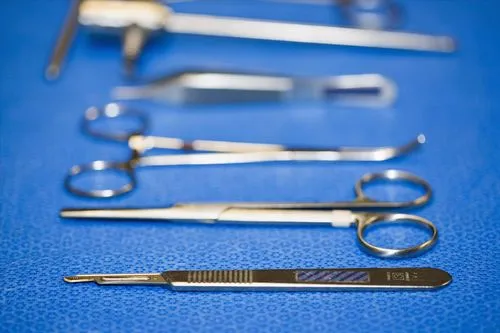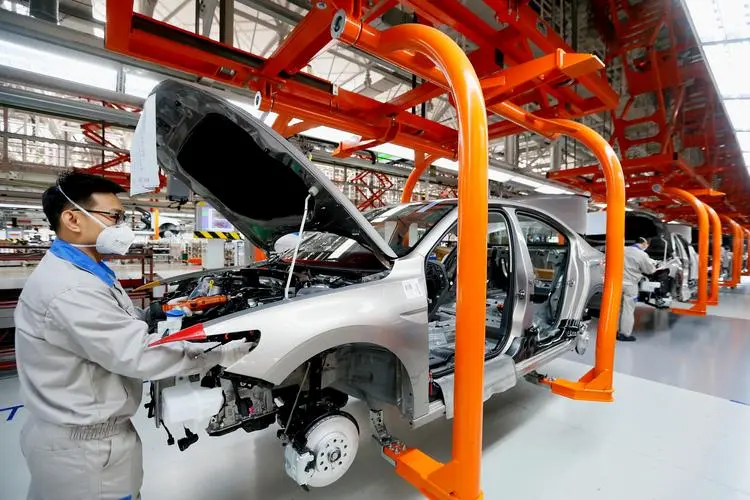How Heat Treatment Powers Aerospace, Medical, and Automotive Industries
Feb. 25, 2025
The Essential Role of Heat Treatment in Aerospace, Medical Devices, and Automotive Manufacturing
Heat treatment is a critical process in many industries, ensuring the production of durable, high-performance materials and components. By altering the physical properties of metals and alloys, heat treatment enhances characteristics like strength, toughness, and resistance to wear, corrosion, and fatigue. In this blog post, we'll explore how heat treatment is applied in three crucial industries: aerospace, medical devices, and automotive manufacturing.
1. Aerospace: Ensuring Safety and Performance

In the aerospace industry, heat treatment is indispensable. Aircraft components must withstand extreme conditions, from high-speed flights to dramatic changes in temperature and pressure. Whether it's for structural parts, turbine blades, or engine components, heat treatment ensures the materials used have the required strength and resistance to fatigue.
For example, titanium alloys, commonly used in aerospace due to their light weight and strength, undergo heat treatment to enhance their fatigue resistance and thermal stability. Similarly, superalloys, which are used in turbine engines, undergo processes like solution treating and aging to improve their ability to withstand high temperatures and stress.
Without the precision of heat treatment processes, aerospace manufacturing would not be able to guarantee the reliability and safety of its components.
2. Medical Devices: Precision and Reliability

In the medical device industry, heat treatment plays a crucial role in ensuring the strength and durability of materials used in implants, surgical tools, and diagnostic equipment. Materials like stainless steel, titanium, and cobalt alloys are commonly heat-treated to enhance their mechanical properties and resistance to corrosion.
For example, the heat treatment of stainless steel used in surgical instruments ensures they can endure repeated sterilization processes without losing their strength or becoming susceptible to corrosion. Likewise, heat treatment enhances the biocompatibility of implants, ensuring they integrate seamlessly with the human body while maintaining their integrity over time.
The ability to precisely control the mechanical properties of these materials ensures that medical devices can perform reliably and safely, even in the most demanding environments.
3. Automotive Manufacturing: Strength and Efficiency

The automotive industry relies heavily on heat treatment to improve the performance and longevity of vehicle parts. Components like gears, shafts, and brake discs are subjected to heat treatment processes such as carburizing, quenching, and tempering to achieve optimal hardness, toughness, and wear resistance.
For example, the heat treatment of gears used in automotive transmissions ensures they can handle the constant stress of shifting and high-speed driving without wearing down prematurely. Similarly, brake discs are heat-treated to enhance their ability to withstand the extreme heat generated during braking while maintaining their structural integrity.
Heat treatment also plays a role in reducing fuel consumption and increasing overall vehicle efficiency by ensuring that parts are lightweight yet strong enough to handle heavy loads, reducing wear and tear on the vehicle.
Conclusion
From the skies to the operating room to the roads, heat treatment is an indispensable process that enhances the performance, reliability, and longevity of materials and components used in aerospace, medical devices, and automotive manufacturing. By carefully controlling the temperature and environment in which materials are treated, manufacturers can achieve the precise properties required for each application.
If you’re interested in learning more about our heat treatment solutions, feel free to explore our products and contact us for more information!









